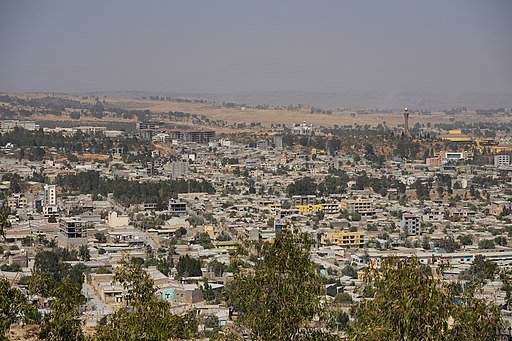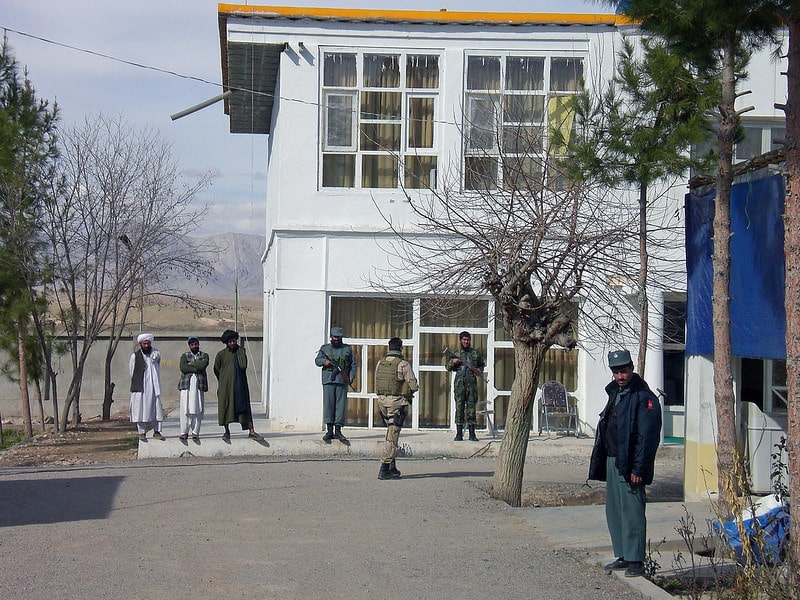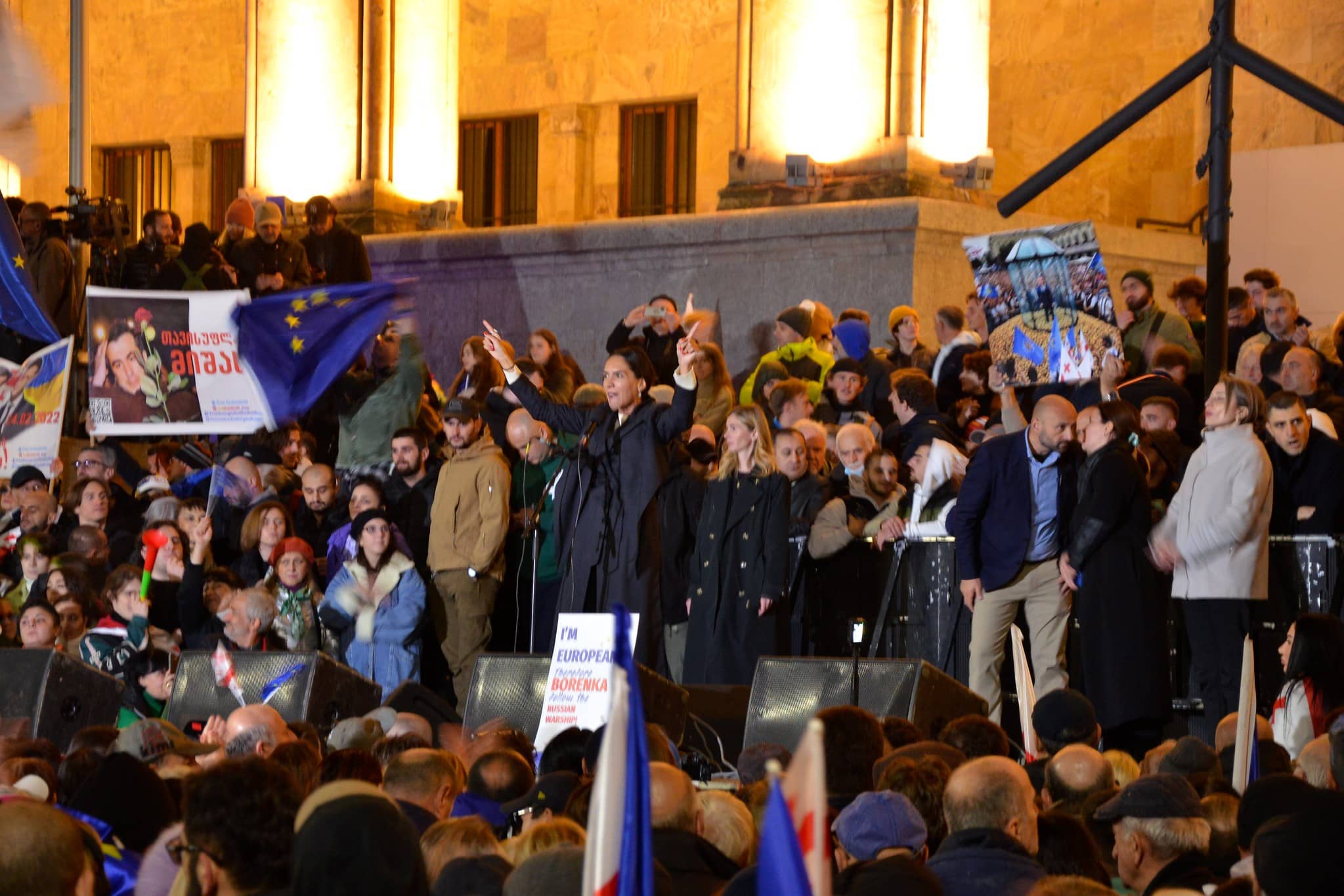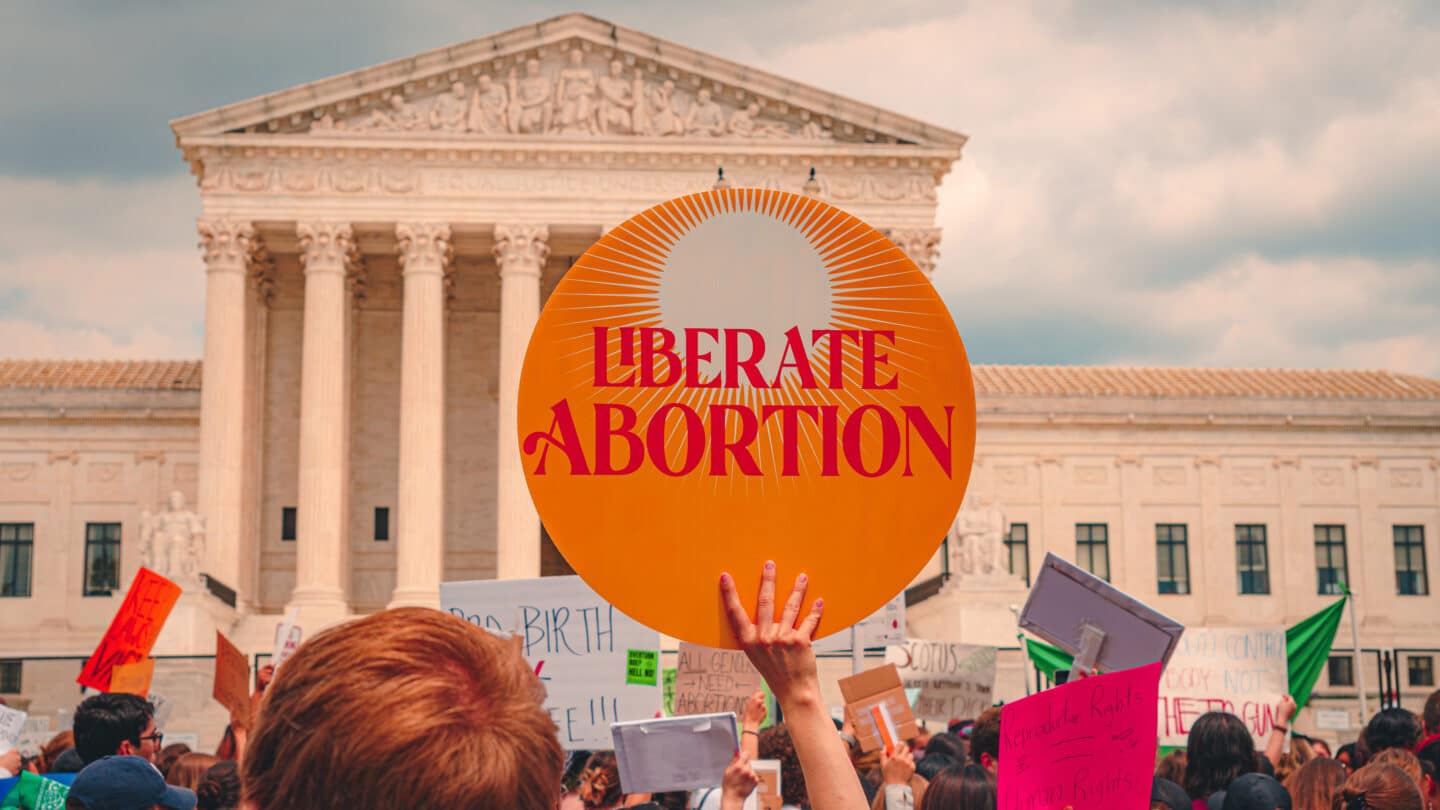The Ethiopian army has just won the battle for Mekele, the capital of Ethiopia's rebellious Tigray region: The dust clouds are still descending. Wrenched from the hands of the Tigray People Liberation Front (TPLF), Mekele has been brought back under the control of the central Ethiopian state. 20 years after the end of the civil war, there is a new civil war. Here, is a brave fighting minority being enslaved by a brutally oppressive central state? What does the TPLF actually stand for? How did it get to this point?
Ethnic dictatorship
By early November, the central government had had it with the TPLF's provocations. Resolutely, it stopped disbursing central funds for the region. TPLF, historically the region's political and military mouthpiece, saw this as a declaration of war and acted accordingly.
In this light, it is important to note that the TPLF has considerable military resources and expertise. This as the region borders Eritrea with which Ethiopia only recently signed a peace agreement to end its decades-long war. Consequently, the region is fairly larded with military bases of various army units. However, the war with Eritrea is not the only reason the Tigray region is rich in military equipment. The TPLF, then at the forefront of ousting the dictator Mengistu in 1991, have dominated politics and the military until 2018, in terms of positions and power. Since the TPLF represents only 6% of Ethiopia, that dominance is hard to explain other than a kind of ethnic dictatorship. By having a lot of Ethiopian state military equipment in the Tigray region, de facto under TPLF control, it could easily deter other regions from preparing a coup.
Simply put, the TPLF wanted power because they always wanted to be a highly autonomous region, if not a country of their own. But then, of course, it would be nice to be and autonomous and use the resources of the whole of Ethiopia for the benefit of the Tigray region. It should be noted here that Ethiopia had been experiencing significant economic growth for years, which certainly did not only reach the Tigray region. It is hardly ever that black and white, and so it is not now. While repression was certainly a tool, economic prosperity was also a means of staying in power.
Power loss
So when the TPLF lost power in 2018, at the hands of an intense popular uprising like a peat fire, the autonomy trumpet was quickly blown hard again. The extreme autonomy desired by the TPLF is diametrically opposed to a relatively strong central state, almost diametrically opposed to a united Ethiopia, and thus diametrically opposed to a prosperous future for Ethiopia. Especially since many parts of Ethiopia have not experienced much prosperity under TPLF rule. Indeed, the TPLF regime has been frequently accused by international organisations of human rights violations ranging from repression of free media to genocide of the Anuak in southern Ethiopia and the Amhara in northern Ethiopia. Amnesty International recently accused retreating TPLF forces of the horrific massacre of Amhara people in Mai-Kadra on 9 November.
The TPLF thus does not exactly come across as the representative of peace-loving locals fighting the oppressor. Rather, the TPLF appears here as the oppressor who is no longer allowed to oppress and then just burns the earth. Indeed, persistent efforts are being made by the TPLF to draw Eritrea into the fight by firing missiles at Asmara, the Eritrean capital. It is hoped that this will arouse the sympathy of Eritrean resistance groups in order to thus jointly make the border region unsafe and to destabilise Ethiopia from there; if we cannot have Ethiopia to ourselves, then no more Ethiopia, seems to be the nihilistic message here.
By: Micha Hollestelle
Sources and further Reading: FMS Website, HRW, Crisis Group, EU EAS, Amnesty





